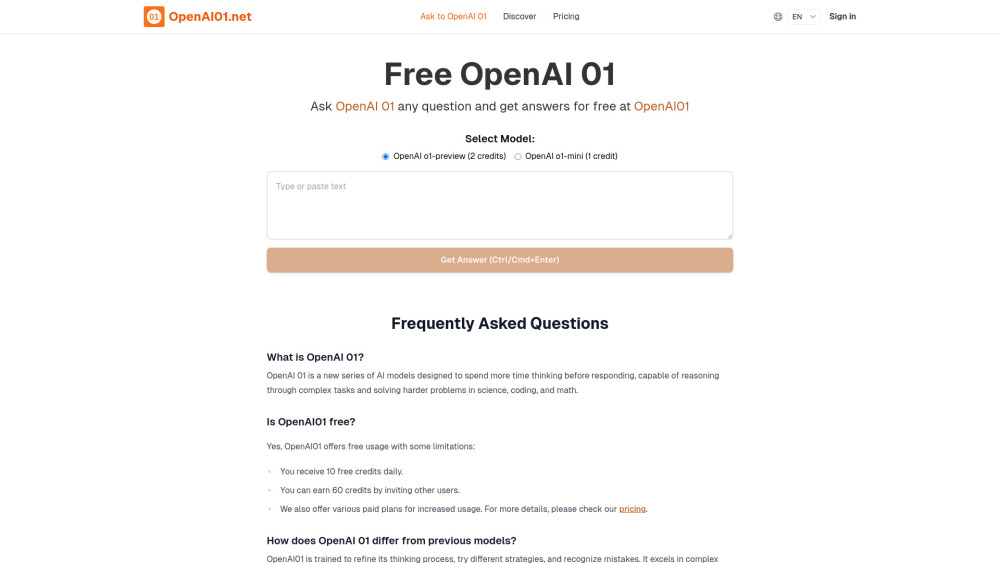China's AI Model Ranks Number One Globally: A New Era of Innovation
Most people like

Engage your audience like never before by harnessing the power of AI to create interactive stories. With AI technology, you can breathe life into your narratives, allowing readers to make choices that influence the storyline. Discover innovative tools and techniques to transform your storytelling approach and leave a lasting impression. Start your journey in interactive storytelling with AI today!

Engage and create vibrant AI characters with SpicyChat AI. Experience the thrill of interactive storytelling like never before!

Introducing the AI-Powered Math and Physics Tutor: Your Ultimate Learning Companion
Unlock your full potential in math and physics with our advanced AI-driven tutoring platform. Designed to provide personalized assistance, our AI tutor adapts to your learning style, helping you grasp challenging concepts and excel in your studies. Experience tailored lessons, instant feedback, and engaging practice problems that make complex topics easier to understand. Discover the future of education with the AI-powered tutor that transforms how you learn math and physics!

Discover a free AI chat interface designed for advanced problem-solving. This innovative tool streamlines your thinking process and helps you tackle complex issues with ease. Whether you're seeking solutions for personal projects, academic challenges, or professional tasks, this chat interface is your go-to resource for efficient and effective support. Engage with cutting-edge technology to enhance your decision-making and achieve your goals.
Find AI tools in YBX
Related Articles
Refresh Articles
